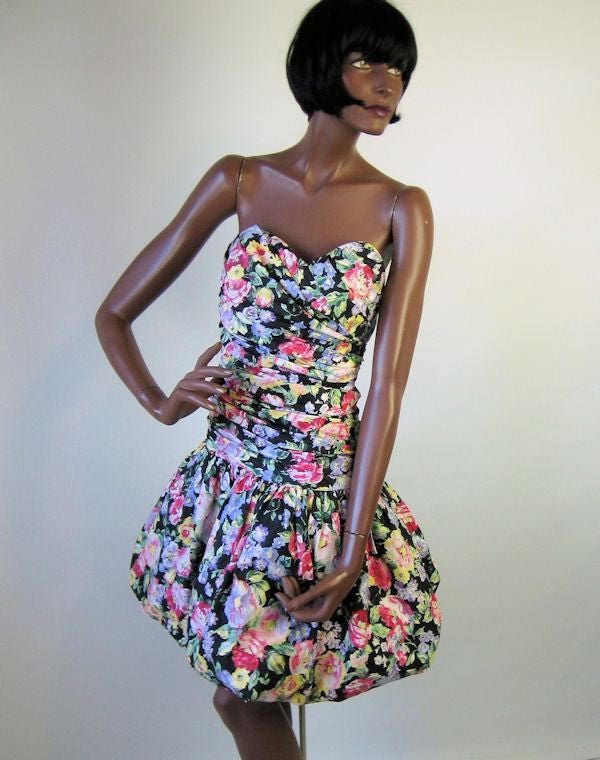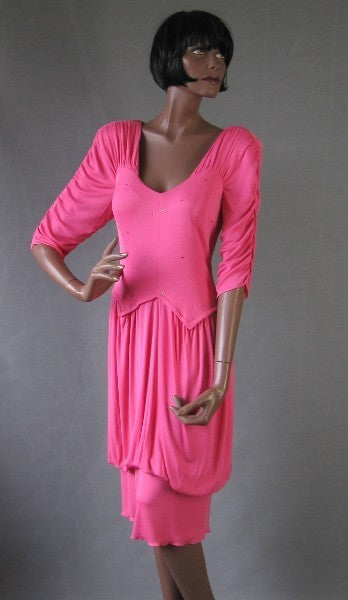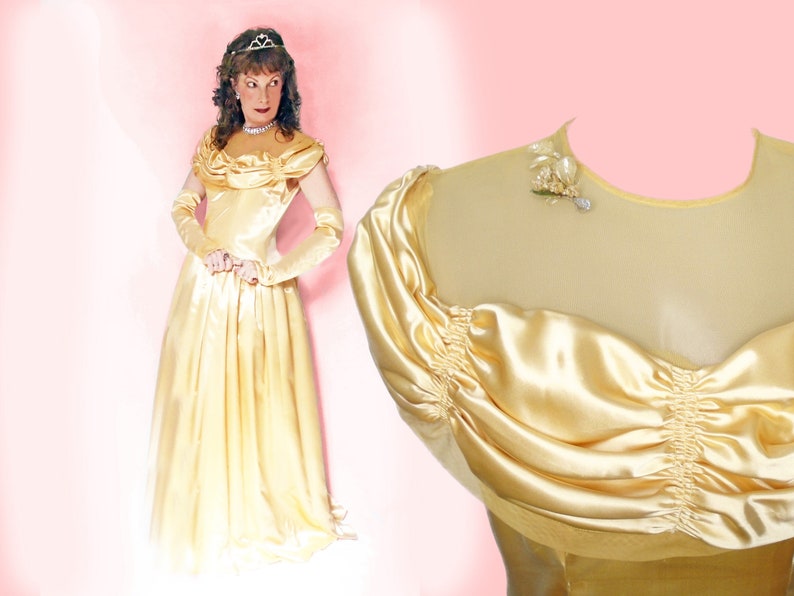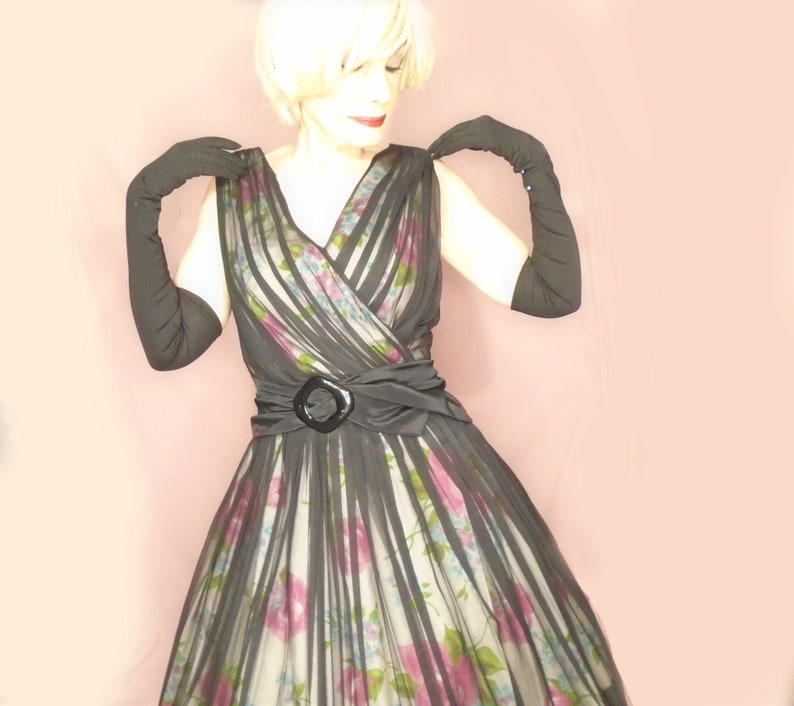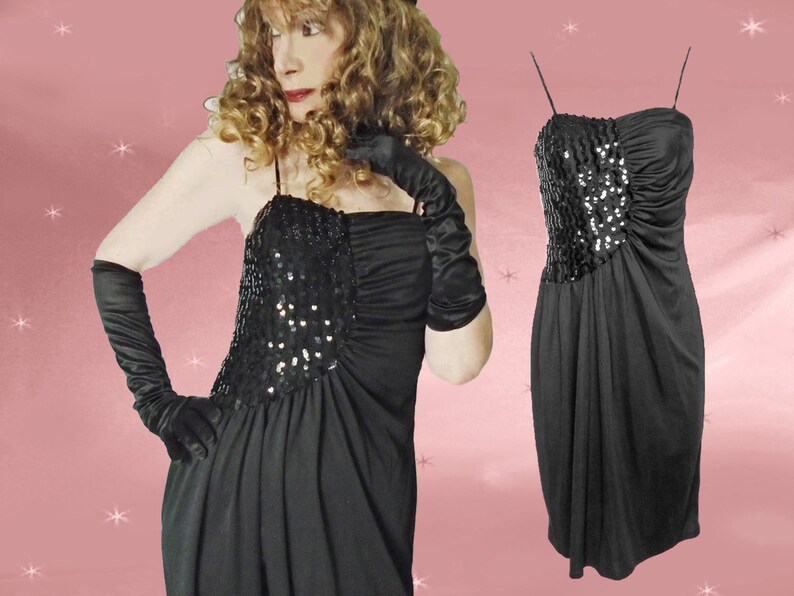This week, the VFG Fashion Parade looks at ruching, a Spring/Summer 2019 runway detail with deep vintage roots.
The definition of ruching has evolved: Historically, it was a trim made by pleating bands of fabric and stitching the pleats in place. This band would then be used as a trim on a garment. We now use the term to refer to clothing with areas of fullness pulled in to form a rippled effect. This somewhat blurs ruching’s distinction from shirring and gathering.
Whatever the definition, current designers have been rippling fabric for soft but curve-hugging clothes and draped accessories, especially reminiscent of looks from the 1930s, 40s, 50s, and 80s.
Please join us for ruche hour as we gather to share a shirred thing in fashion!
The definition of ruching has evolved: Historically, it was a trim made by pleating bands of fabric and stitching the pleats in place. This band would then be used as a trim on a garment. We now use the term to refer to clothing with areas of fullness pulled in to form a rippled effect. This somewhat blurs ruching’s distinction from shirring and gathering.
Whatever the definition, current designers have been rippling fabric for soft but curve-hugging clothes and draped accessories, especially reminiscent of looks from the 1930s, 40s, 50s, and 80s.
Please join us for ruche hour as we gather to share a shirred thing in fashion!
Last edited:
